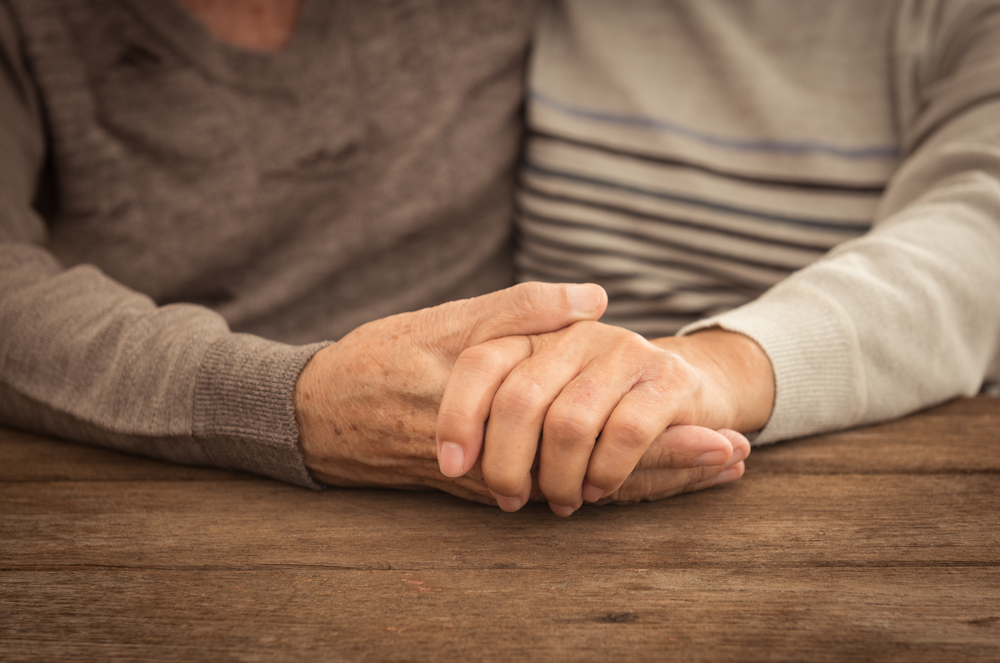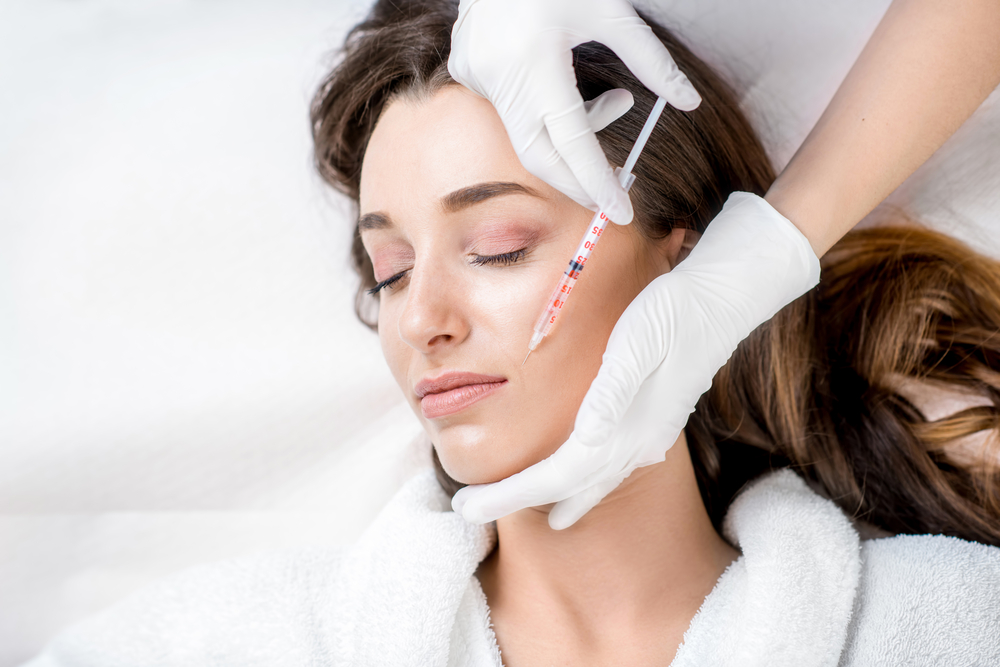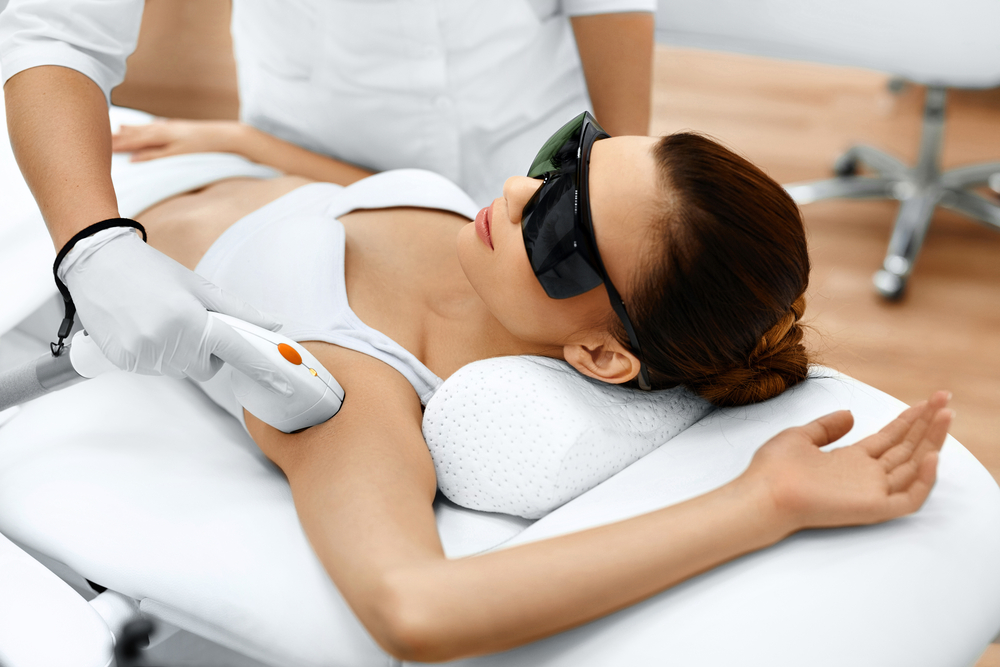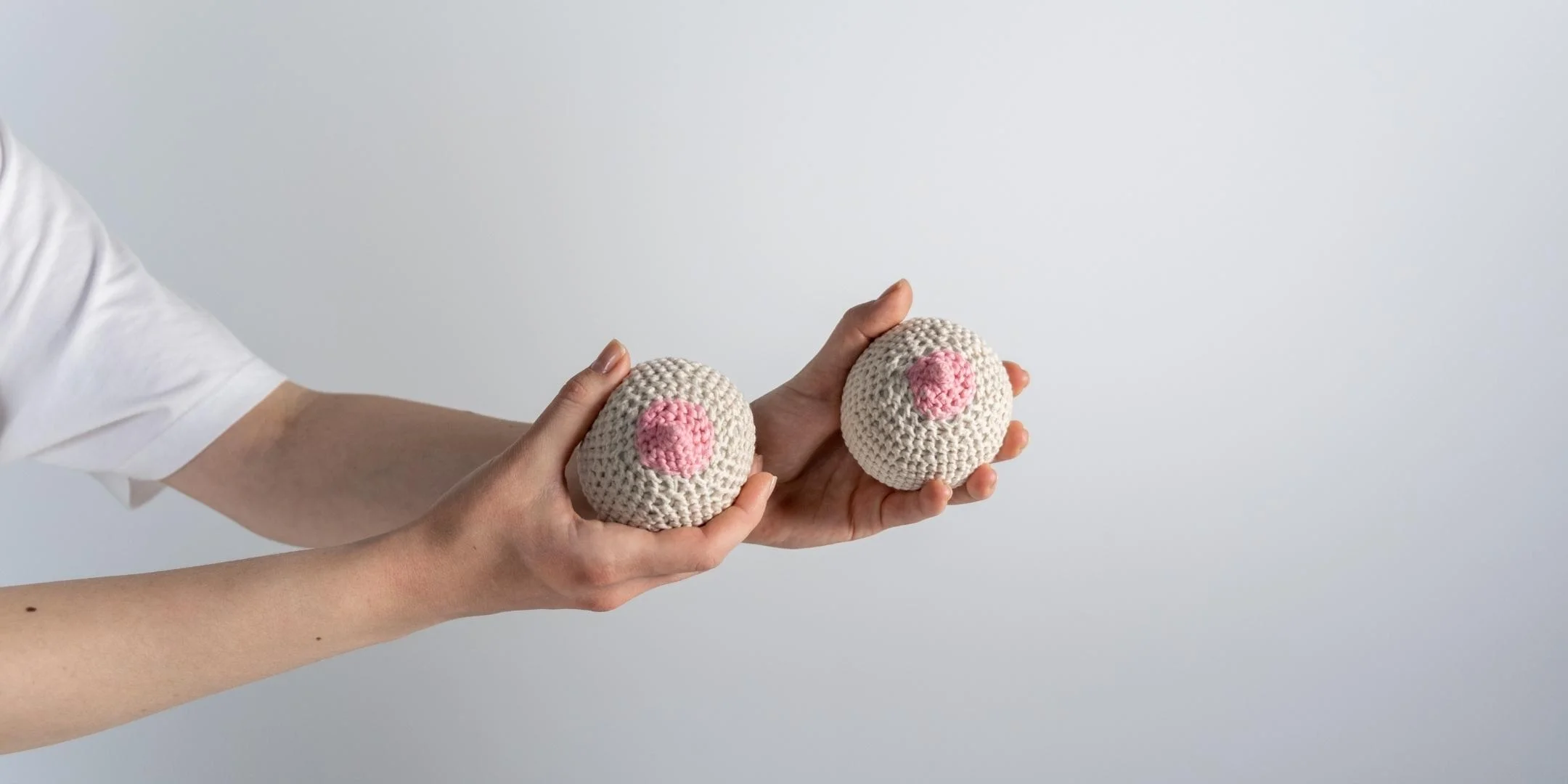The lines in your palm won’t unveil any secrets about your life, but the back of your hands might.
The best way to guess a person’s age is to look at their hands, not at their face. Although an effective skincare regimen and facial cosmetic procedures might help you look years younger than you really are, the wrinkly skin, prominent veins, and dark spots on the back of your hands might be telling a different story.
Thankfully, new techniques in hand rejuvenation now allow dermatologists and cosmetic doctors to treat these signs of aging. The peels, lasers, dermal fillers, and even fat grafting procedures that are used by medical practitioners to erase sunspots and replace lost volume in the face are now commonly being used to rejuvenate the hands as well.
“Hand rejuvenation isn’t so much a trend as it is the realization that if you rejuvenate only the face, there can be this disconnect,” says Los Angeles dermatologist Dr. Ava Shamban of the increasing popularity of this procedure. “The ‘ah-ha moment’ comes when you hold your hand up close to your face – that’s when you can really see the difference.”
This realization is leading more men and women of a certain age to spend hundreds or even thousands of dollars on treatments designed to remove the telltale signs of aging. As fat wastes away over the years and collagen production slows down, hands get that “sunken” look: the skin becomes thinner, tendons and veins become more prominent, and wrinkles multiply — in other words, they look old.

Merz Aesthetics grading scale (pictured above) categorizes hand aging as follows:
0. No loss of fatty tissue
1. Mild loss of fatty tissue; slight visibility of veins
2. Moderate loss of fatty tissue; mild visibility of veins
3. Severe loss of fatty tissue; moderate visibility of veins
4. Very severe loss of fatty tissue; marked visibility of veins bands
At Dr. Shambam’s practice, patients are offered a multiple modality approach to address both loss of volume and age spots.
“We start with the top layer and remove brown spots, which may be freckling, lentigo (brown patches or spots), or seborrheic keratosis (skin barnacles), with a combination of peels, intense pulsed light, and sometimes a laser,” says Dr. Shamban. “You can treat the hands at the same time as the face, just at a lower energy.”
That is, if you’re a good candidate for lasers.
Lasers need contrast to identify the spots that require treatment, making fair-skinned individuals with dark spots the ideal patients for this procedure. On darker skin tones, some lasers may pick up the pigment in addition to the sun spots. This can cause burning or inflammation, and result in post-inflammatory hyperpigmentation, says Charlotte, NC dermatologist Dr. Elizabeth Rostan. “However, with the right technician and appropriate laser, it can be done very safely and with good results,” Dr. Rostan explains.
Still, people with darker complexions may be better off using a “pigment blind” option such as microablational radio frequency, which heats the tissue to stimulate collagen growth, or microneedling, or a combination of techniques.
These multi-pronged approaches may be effective, but results don’t come cheap. Generally speaking, hand rejuvenation can cost between $2,000 and $5,000. Less expensive alternatives include microdermabrasion, chemical peels, and sclerotherapy to remove prominent veins.
Here are a few of the techniques that doctors, medical practitioners and even you can perform to make your hands look younger:
1. Topicals
Cost: $5 for a tube of sunscreen, $10-150 for anti-aging cream
At the heart of any effective anti-aging routine is a good retinoid. “Anything you use on your face, you can also use on your hands,” says Dr. Shamban. In addition to a retinoid, look for products with collagen-promoting ingredients, such as Vitamin C and copper peptides. “They’re expensive, but the hands aren’t that big, and you can apply them only to the back.”
Also try to avoid any further damage by using a hand lotion with SPF 15-30 on a daily basis. “Fat-wasting UVA rays pass through windows,” explains Dr. Rostan, “so make sure you apply sunscreen even when you don’t plan on leaving the house.”

2. Microdermabrasion
Cost: $50-$150 per treatment
Although microdermabrasion is most often used on the face, it can also be used to exfoliate the skin on other areas of the body, including the hands. You can perform this procedure in the comfort of your own home using devices available in retail stores, or in medical spas and medical practices. Exfoliation removes the epidermal stratum corneum — the outermost layer of the skin — which triggers the body’s regenerative process to build collagen and over time may lessen the appearance of sun spots.
Because it’s a treatment that requires several follow-up sessions, microdermabrasion may be better suited as a maintenance option rather than a first step to erase sun damage. “By the time a patient comes in asking for rejuvenation of the hands, they need something more aggressive,” says Dr. Rostan.
3. Peels
Cost: $75-200 per treatment
Chemical peels are another way to lighten dark spots. Doctors and estheticians can apply layers of acid in varying concentrations to remove the outer layer of skin. Dr. Rostan recommends a series of five or six chemical peels, depending on their strength. “Typically we will see nice results with two to four treatments,” she says.
Patients need to be religious about applying SPF after the treatment however, since new skin revealed by exfoliation is sensitive to sun exposure, which can cause burns and even result in new age spots.
4. Anti-aging Gloves
Cost: $45
Copper peptides, which can stimulate fibroblasts and collagen production when absorbed by the skin, are a common ingredient in many lotions and serums. They can also be found in some gloves: skin touching the copper-infused fabric absorbs copper ions, which have an anti-aging effect. Double-blind studies examining the anti-aging efficacy of sleeping on pillowcases made with copper-infused thread have shown a 10% reduction in wrinkles.
The jury is still out on the efficacy of gloves made with copper-infused thread, but anything you can do to hydrate your skin can make it look better, says Dr. Rostan.
5. Lasers
Cost: $175-500 per session, depending on the lasers used
Lasers are considered the gold standard when it comes to treating sun spots. In addition to removing brown patches and moles, clinical evidence has shown that regular treatments with intense pulse light (IPL) activate genes that make the skin more youthful, stimulating collagen and elastin production.
A combination of lasers is often used to achieve the best results, but it’s not just the laser that matters. “A good outcome has more to do with the person operating the machine than the machine itself,” says Dr. Shamban, who advises consumers to review the training and supervision of the healthcare provider before beginning laser treatments.

6. Dermal Filler Injections
Cost: $1,500-$3,000
Radiesse is the only dermal filler approved by the FDA for use on the hands. This injectable is made of calcium hydroxylapatite (CaHA) microspheres suspended in an aqueous gel carrier, which are broken down and absorbed by the body over time. The plumping effects are instant and typically last a year. The procedure has the added benefit of generating collagen, which can help reduce the amount of filler you need for subsequent treatments.
Restylane and other hyaluronic acid fillers are used “off label” by some practitioners for hand rejuvenation, with varying degrees of efficacy. “You can’t inject Radiesse into your fingers, but you can inject hyaluronic acid,” says Dr. Shamban. The amount needed depends on the size and appearance of the hand, but most of her patients require two syringes per hand, and a few drops for the fingertips. “You maintain the integrity of the structure of the hand with Radiesse,” notes Dr. Shamban. “The only issue is that you have to use a lot of it.”
7. Lipomodeling
Cost: $3,000-$5,000
Injecting fat from one area of the body into another is a common cosmetic procedure, and budget-conscious patients are exploring lipomodeling as a more permanent hand rejuvenation option. A doctor will make a tiny incision and use a cannula to draw out a few vials of the patient’s lipids. The fat that’s been harvested is then processed and purified on site in a centrifuge, and injected into the patient’s hands in strategic locations to restore volume under the skin.
“The key to a good outcome is to perform micrografting, rather than inject a big blob,” says Dr. Rostan.
8. Sclerotherapy and Laser Veins Ablation for Dorsal Hand Veins
Cost: $300-500 per hand
In some cases, enlarged veins are too prominent to be effectively hidden with fillers or fat. Rather than keep adding filler, doctors can remove the vein with sclerotherapy. However, it’s typically the second step in hand rejuvenation rather than the first. “You don’t want to end up with a bony veinless hand,” says Dr. Shamban, “but if there’s enough volume, then you can do sclerotherapy.”

Regardless of which methods you use, they all have one thing in common: maintenance. Hand rejuvenation isn’t a one-time thing; it’s an ongoing process that requires daily care and preventative measures. To maintain this new lease on youth, patients will need annual filler injections and routine peels to keep the age spots from returning. And over time, those follow-up visits add up.
“You’re taking care of a living part that will change,” reminds Dr. Shamban. But for some people, keeping people guessing about your age is worth the price.
Combating Age Spots: Frequently Asked Questions
Age spots are one of the most common concerns of people interested in hand rejuvenation. Also called liver spots or solar lentigines, age spots are dark spots that often appear on the hands, face, arms and shoulders, which are the areas that receive the most sun.
What causes age spots?
UV rays are to blame, mostly. Anyone can develop age spots, but they are most common in people over the age of 50. People with light skin and red hair are more likely to have age spots, as are those with a history of sunburn and/or intense sun exposure.
How do you prevent age spots?
Regular use of sunscreen is the best way to prevent the appearance of sun spots on the hands, face and shoulders.
How do you get rid of age spots on the hands?
The good news is, eliminating age spots does not require hand rejuvenation surgery. Instead, there are a number of less-invasive treatments available to remove or lighten your age spots. Any of the following have the potential to make your hands look better.
- Medication: Hydroquinone-based prescription bleaching creams can be used either alone or in combination with retinoids (tretinoin) and possibly a mild steroid to eliminate age spots. This can be a good option for those interested in hand rejuvenation at home.
- Freezing (cryotherapy): During this treatment your dermatologist applies liquid nitrogen to your age spots to get rid of the extra pigment.
- Laser and intense pulsed light (IPL) treatment: These treatments kill melanocytes, or cells that produce melanin without damaging the skin.
- Chemical peel: This involves the application of a special acid, which burns the surface layer of the skin. The skin peels and new, more evenly pigmented skin grows in its place.
- Dermabrasion/microdermabrasion: Dermabrasion essentially sands down the outermost layer of the skin using a rotating brush. A new layer of skin grows to replace the layer that has been sanded down. A less-aggressive version of dermabrasion, called microdermabrasion, is also available.
Can age spots be painful or itchy?
Age spots do not normally cause pain or itchiness. Speak with your dermatologist if you suffer from these symptoms, as they could be caused by more a serious skin condition or even skin cancer.









